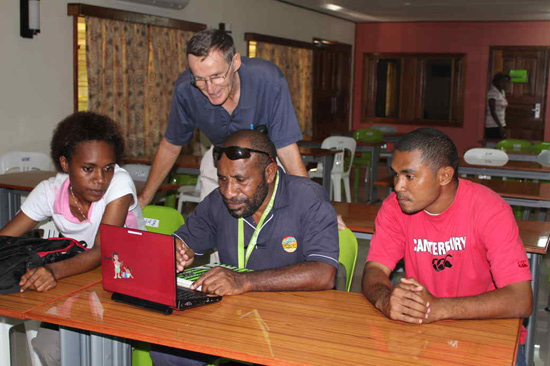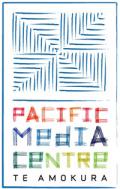
FIJI >> Fiji National University
>> University of the South Pacific
NZ >> AUT University (Pacific J-studies)
>> Other NZ J-schools
PNG >> Divine Word University
>> University of PNG
SAMOA >> National University of Samoa
SOLOMON ISLANDS >> Solomon Islands College for Higher Education
TONGA >> Tonga Institute for Higher Education
VANUATU >> Vanuatu Institute of Technology
*** PACMAS
The indigenous population of Papua New Guinea is one of the most hetrogeneous in the world. Papua New Guinea has several thousand separate communities, most with only a few hundred people. Divided by language, customs, and tradition, some of these communities have engaged in low-scale tribal conflict with their neighbors for millennia.
Europeans first arrived in Papua New Guinea in the 16th century, and it was subsequently settled in the 19th century by both the Germans and British. Long governed by Australia in modern times, it finally gained its full independence in 1975.
The isolation created by the mountainous terrain is so great that some groups, until recently, were unaware of the existence of neighboring groups only a few kilometers away. The diversity, reflected in a folk saying, "For each village, a different culture," is perhaps best reflected in the local languages - some 800 of these languages have been identified so far.
Papua New Guinea has one of the largest and most diverse media industries in the Pacific.
The two main universities that offer degrees in journalism are the Divine Word University and the University of Papua New Guinea.
Official Name: Papua New Guinea
Population: 5,670,544 (2006 estimate)
Capital City: Port Moresby (387,000)
Languages: English, Motu, native dialects
Currency: Kina
Religions: Catholic, Lutheran, others
Land Area: 452,860 sq km (174,849 sq miles)
Country Profile
Google Map
Divine Word University (DWU)
University of Papua New Guinea (UPNG)



